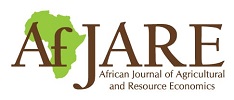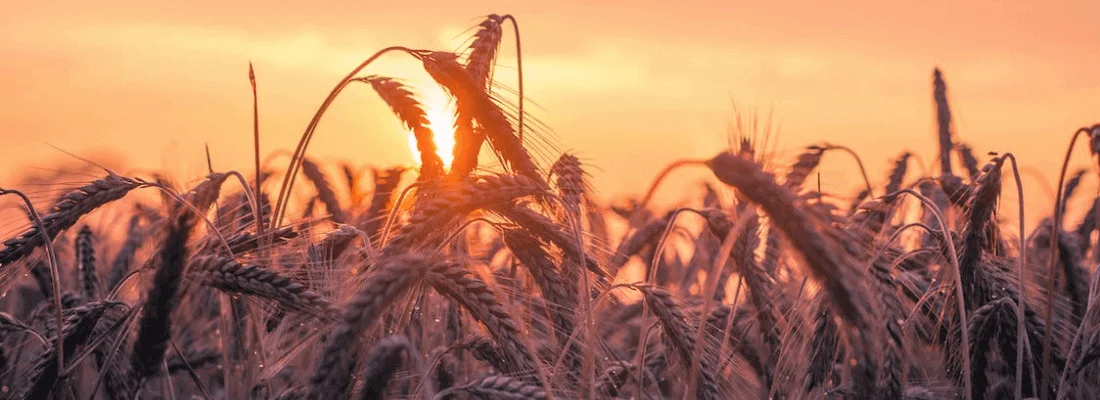
Supports Open Access
0.5 Impact Factor



African Journal of Agricultural and Resource Economics (AfJARE)
A publication of the African Association of Agricultural Economists (AAAE)
Latest Publications
Impact of climate variability on agricultural productivity and economic growth in Nigeria
This study examines how climate variability affects agricultural productivity and economic growth in Nigeria using time-series data from 1960 to 2024.
The hazards and impacts of climate change are exacerbating. They threaten crop productivity, farmers’ resilience and the mitigation of greenhouse gas (GHG) emissions. Understanding climate-smart agriculture (CSA) and applying it is crucial.
Determinants of cottonseed cake adoption in pastoral and agropastoral systems in Burkina Faso: Do perceptions of climate change matter?
This study examines the extent to which, in the Sahelian environment – where the scarcity of forage is intensifying – climate change perceptions influence the adoption of cottonseed cake among livestock producers in the Hauts-Bassins region of Burkina Faso.
The hidden health costs of irrigation: Evidence from rural Burkina Faso
While irrigation is key to boosting agricultural productivity in Burkina Faso, it may come with hidden health costs. Drawing on data from over 1 000 households in the Sourou Valley and using propensity score matching, this study uncovers the unintended consequences of irrigation for public health.
Effect of agricultural diversification on food security in Burkina Faso: A conditional mixed process approach
Food security remains a major challenge in Burkina Faso, despite national and international commitments to reverse it. This paper evaluates the effect of the combined diversification of cash crops and food crops on the food security of rural farming households in Burkina Faso.
Rural areas across the developing countries in every region of the world lag behind their urban counterparts in many important sectors and, most importantly, in improved water supply services.
Volume 20
Climate change presents one of the most pressing challenges of the present time, with far-reaching implications for global economies and human socioeconomic well-being.
This study examines the effects of rising food prices on rural household living standards, with a particular focus on the moderating role of non-farm diversification.
Volume 19
This study investigated the food security effect of the adoption of improved maize varieties among farming households in Uganda using four waves of the Uganda National Panel Survey (UNPS) spanning the period 2013 to 2020.
Farmer–herder conflicts deepen the incidence of poverty and worsen the wellbeing of both farming and herding households in Sub-Saharan Africa. In order to cope with the effects of conflict on their livelihoods, households adopt various adaptation strategies.
This paper examines the optimal land resource allocation for tree crop enterprises in the Eastern region of Ghana based on data collected from sampled cocoa, oil palm, and rubber farmers.
Volume 18 (2023)
The special issue focused on topics in environmental and resource economics that originated from the inaugural conference of the African Association of Environmental and Resource Economists (AFAERE), held on 2-4 August 2021.
Au Sahel, le changement climatique se caractérise manifestement par la récurrence des phénomènes extrêmes. Les séries de sécheresse des années 1970 à 1980 en constituent une illustration.
In this paper, we explore the role of wildlife in climate change adaptation, especially in areas used predominantly for livestock production in South Africa. Using a sample of 3 449 wildlife and livestock ranches, we estimate a multinomial choice model of various ranching options in these areas. The results indicate that mixed wildlife-livestock ranches are less vulnerable to climate change when compared to ranches with only wildlife or only livestock.

